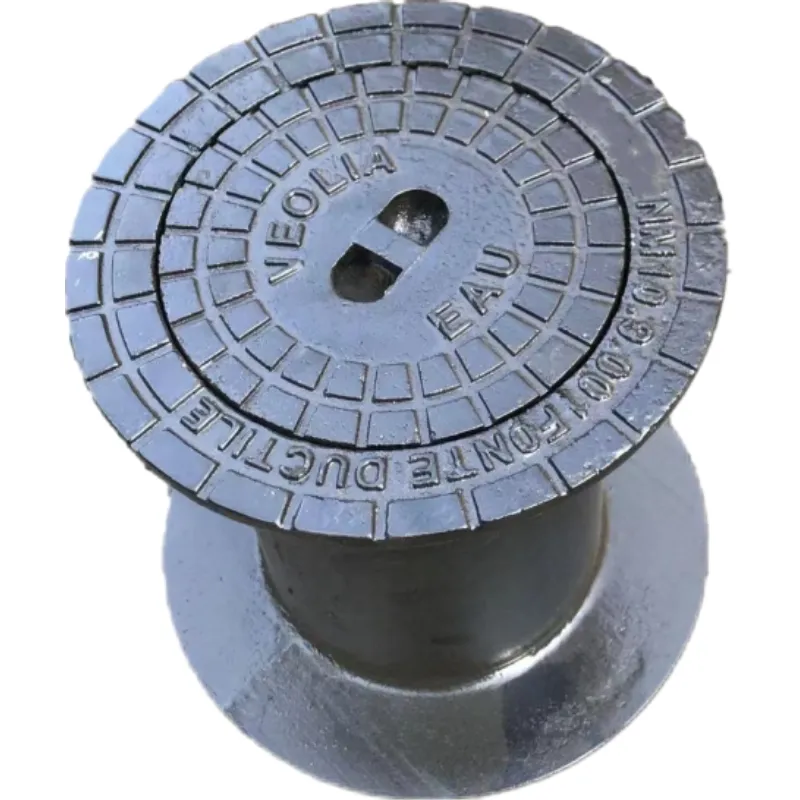Exploring the Features and Benefits of a 120 Liter Garbage Bin for Waste Management
The Importance of a 120-Liter Garbage Bin in Modern Waste Management
In our rapidly urbanizing world, the management of waste has become an increasingly critical issue. As populations grow and consumption patterns evolve, cities are straining under the weight of refuse. Among the various tools employed to tackle this problem, the 120-liter garbage bin stands out as an essential component of effective waste management systems.
The capacity of a 120-liter garbage bin makes it a practical choice for both residential and commercial settings. For households, it strikes a balance between sufficient space to accommodate regular waste generation and the manageability of emptying it frequently. These bins are typically designed to hold a week’s worth of rubbish for an average family, reducing the frequency of trips to waste disposal facilities and minimizing the risk of overflow, which can lead to unsanitary conditions.
The Importance of a 120-Liter Garbage Bin in Modern Waste Management
Moreover, the design of the 120-liter garbage bin often includes features that promote sustainability. Many of these bins come with clear labeling for recycling, compost, and general waste, allowing individuals to sort their trash more effectively. This promotes recycling initiatives and reduces the amount of waste sent to landfills. With growing awareness surrounding environmental issues, having a designated, organized container for various types of waste can significantly enhance recycling rates in communities.
120l garbage bin

In institutional settings, a 120-liter garbage bin can help in maintaining cleanliness in public spaces. Schools, parks, and office buildings can benefit from strategically placed bins that cater to high foot traffic areas. When individuals find accessible and appropriately sized waste containers at their disposal, they are more likely to dispose of their trash responsibly. This not only keeps these spaces clean but also sets a standard for proper waste disposal behavior within the community.
Furthermore, the use of these bins in urban areas can be particularly beneficial in managing seasonal waste surges, such as during festivities or events. In times of increased waste generation, having enough capacity to handle the influx can prevent littering and ensure that the area remains tidy and welcoming.
However, the effectiveness of the 120-liter garbage bin also hinges on community engagement and education. Local governments and waste management authorities should invest in awareness campaigns to educate the public about proper waste disposal practices and the importance of using the provided bins. By fostering a sense of community ownership over cleanliness, cities can cultivate a culture of cooperation that extends beyond individual behavior.
In conclusion, the 120-liter garbage bin is much more than just a receptacle for waste; it is a fundamental tool in establishing effective waste management practices. By promoting cleanliness, facilitating recycling, and enhancing overall community well-being, these bins play a vital role in our collective effort to create a sustainable environment. Embracing such practical solutions is imperative as we navigate the complexities of waste management in our modern lives.
-
Square Sewer Cover Enhances Urban SafetyNewsAug.01,2025
-
Pipe Fitting Requires Precise AlignmentNewsAug.01,2025
-
Manhole Step Is DurableNewsAug.01,2025
-
Manhole Cover Is Found WorldwideNewsAug.01,2025
-
Hole Cover Frame On RoadsNewsAug.01,2025
-
Gully Grate Improves Road SafetyNewsAug.01,2025
-
Man Hole Cover Round Load CapacityNewsJul.31,2025
